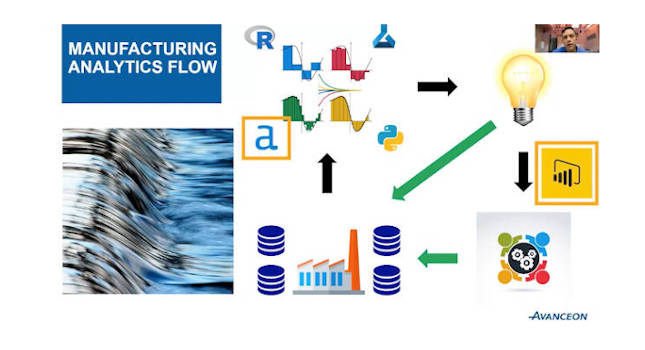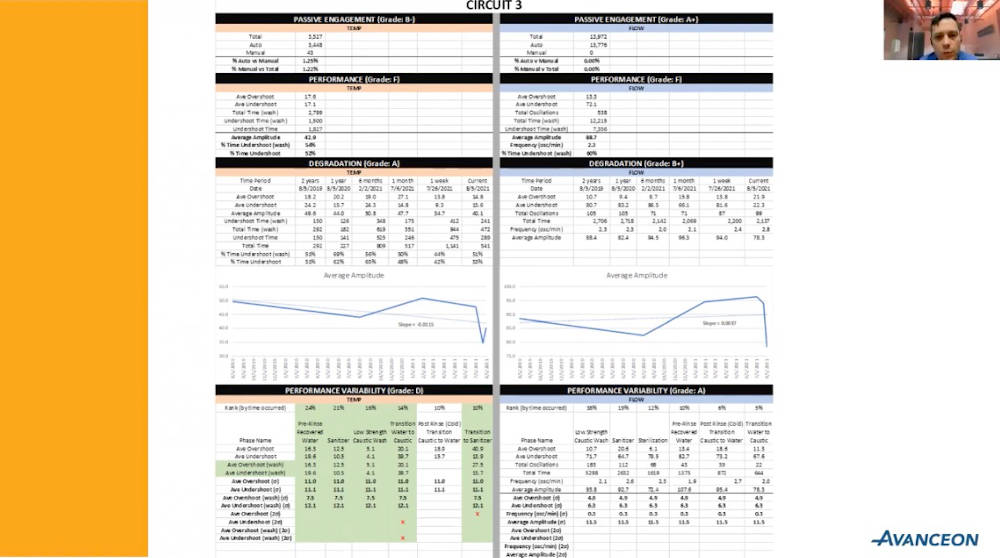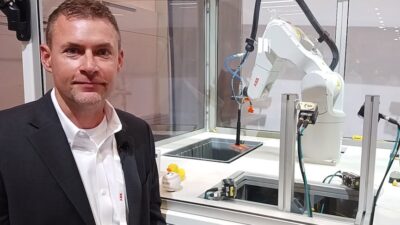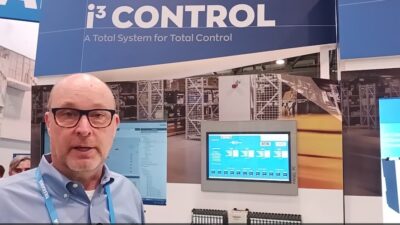Brian Fenn from Avanceon offers advice on proportional-integral-derivative (PID) control loop tuning using examples from a recent project at a food and beverage facility, explaining how operations improved with machine learning (ML) and artificial intelligence (AI). See video.

Learning Objectives
- Proportional-integral-derivative (PID) tuning is a key component of process manufacturing facilities.
- A food and beverage company was looking to improve its control loop tuning performance.
- The project, using machine learning (ML) and advanced analytics, found performance issues that could be delivered to other parts of the facility.
Proportional-integral-derivative (PID) control loop tuning is a major component of process manufacturing operations. Successful loop tuning is as much an art as a science and the goal is to adjust the output (OP) to move the process variable (PV) as quickly as possible to the set point without excessive changes.
Recent developments in machine learning (ML), artificial intelligence (AI) and Big Data make it possible for process manufacturers to make smarter and better-informed decisions. Brian Fenn, COO for Avanceon, a CFE Media and Technology content partner, discussed in a video interview how they analyzed PID control loops to find inefficiencies and production losses at a food and beverage plant.
“The project provided a data analysis on the largest process efficiency offenders and captured the recommendations for how to eliminate those problems,” Fenn said.
Advanced analytics play a key role in making better decisions, Fenn said, and there are four types that can help: Descriptive, diagnostic, predictive and prescriptive. They have similar traits, but are defined by their complexity and potential value to the user. While descriptive analytics may provide general answers, predictive and prescriptive go a step farther and can look at future possible trends. This is especially valuable when trying to improve process manufacturing operations.
For the project, Fenn said they wanted to conduct advanced diagnostic analysis on 20 key PID loops focused on clean-in-place (CIP) against 2+ years of data to identify patterns and trends and to develop insight into the reasons for losses along with potential resolutions to address them. They leveraged piping and instrumentation diagrams (P&IDs) and supervisory control and data acquisition (SCADA) screens to better understand operations and determine the correlation of the issues found in the data analysis.
They used a report card to show all the data to their customer, which gave an overview of the performance and degradation and the performance variability to give them a comprehensive picture of what was being done and how it was being improved. Advanced analytics and machine learning allowed them to get a better handle and understanding on what was being done, the improvements for the facility and other areas.
“At the end of the day, not only did this give them specific quantifiable detail to that general feeling of poor performance, but we were able to discover significant savings in both energy and runtime due to a number of issues,” Fenn said. “We saw issues with the PID implementation, with general and multimodal tuning parameter changes that needed to be made as well as taking a look at the auto to manual transfer. We’ve been remediating those loops to realize the benefits.”

Fenn said the biggest lesson he took from the project “Was not just accepting ‘it is what it is’ and how things are. It’s really about looking for innovation from the new tool sets that are available through Industry 4.0 as a realistic path to shed light on those prior unaddressable plant performance issues.”
Brian Fenn is COO for Avanceon, a CFE Media and Technology content partner. Edited by Chris Vavra, web content manager, Control Engineering, CFE Media and Technology, [email protected].
MORE ANSWERS
Keywords: Analytics, PID, control loop tuning, process manufacturing
CONSIDER THIS
How can PID control loop tuning help your facility?



